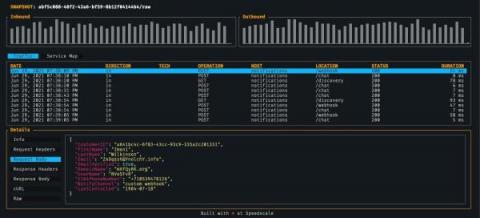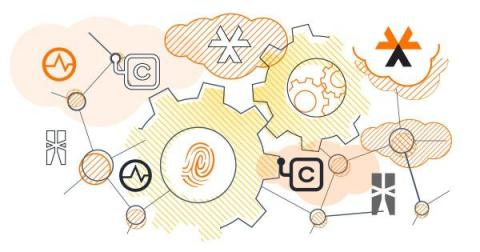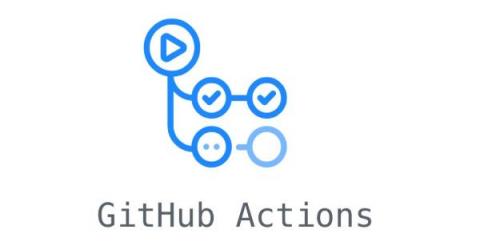Systems | Development | Analytics | API | Testing
API
Kong Enterprise 2.7 Now Generally Available
It’s commonly accepted now that APIs and microservices are the future of how software will be built. The introduction of application programming interfaces (APIs) first enabled development teams to expose services to the internet and provide value to their customers and partners.
Auto-generate Postman Collections from traffic
Postman is a great tool for API testing during development. It’s GUI is simple to learn and ubiquitous. However, manually writing test cases for local development gets tedious fast if you have a lot of endpoints. Meticulously entering every detail for every use case takes forever. Also, if you get one HTTP Header or parameter wrong, it can take hours to diagnose. And even when it’s done, the API tests are almost immediately out of date because the API contract changes.
Why APIs Are Central To Your Integration Strategy
Ensuring Quality in Microservices Architecture with Support for gRPC Testing
Microservices architecture. Many organizations today recognize it enables faster and easier software changes over more traditional monoliths. Microservices have become the backbone for how organizations develop cloud-native applications – programs that run independently in containers designed for cloud computing architectures.
Simplifying Authentication for Microservices Security
In this episode of Kongcast, Jeff Taylor, senior product manager at Okta, tells and shows us how to speed up microservices security and take the burden off developers by managing auth with an API gateway.
How to Develop A Winning API Product Strategy
On the Future of Digital Innovation
WSO2 passed many key milestones in 2021: by year-end, we had over 700 customers in nearly 90 countries, our annual recurring revenue (ARR) grew 31% to reach $63.3 million, and we achieved a net dollar retention (NDR) of 109%. We also expanded the team from 550 to over 900 employees in less than two years and hired several key senior leaders.
For Every Github Action...
On Nov 13, 2019 Github made it’s CI/CD solution GitHub Actions generally available to the world. Since then tens of thousands of shared workflows have been published. It is now the default for most Github projects given how easy it is to integrate with an existing repo. Projects of all sizes have adopted it from our homegrown Terraform module to the Docker Cli. This is why at Speedscale we’ve published a template for how to use Speedscale in conjunction with GitHub Actions.
Performance Testing GrapghQL
In this Blog Post we are going to look at the GraphQL HTTP Request sampler and look at how GraphQL requests can also be made using a HTTP Request sampler in case you are for some reason restricted to an earlier version of JMeter (the sampler was only introduced in JMeter 5.4). We will also look at some of the principles of GraphQL.










